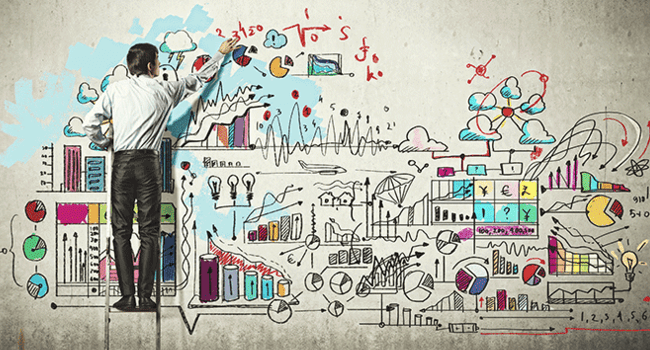Agile Project Management with Waterfall

Many rookies in software development ask: –“What is Agile project management using Waterfall?” This question needs to be answered in greater detail. In this article we will try to do that.
The first thing we should do to understand the difference between Agile and Waterfall is to give the short definitions for these two methods of software development.
Waterfall is also called the traditional software development methodology. It originated in the middle of the 20th century when the model of hardware development was applied to software development industry. Waterfall is based on three main principles: low customer involvement, strong documentation and sequential structure.
The degree of customer involvement in Waterfall projects is very low. That is because of the fact that Waterfall teams prefer to work with documented customer demands rather than discuss them during the project.
Every Waterfall project has from 5 to 7 sequential stages. The final product is ready to delivery only after it passes all of them.
Agile methodology was invented in the early 2000s. It is based on three different principles: strong customer involvement, flexible solutions and iterative cycles.
The customer or his representative is the main person in every Agile team. He takes part in all team meetings and influences the workflow directly. Agile teams work in iterative cycles. That means that they have no strict and sequential structure.
Returning to the initial question of this article, we should say that Agile project management with Waterfall is impossible because of the different principles of these two methodologies. However, some teams combine the features of Agile and Waterfall methodologies. But such teams usually prefer to work on Agile basis taking only some necessary features from Waterfall.



